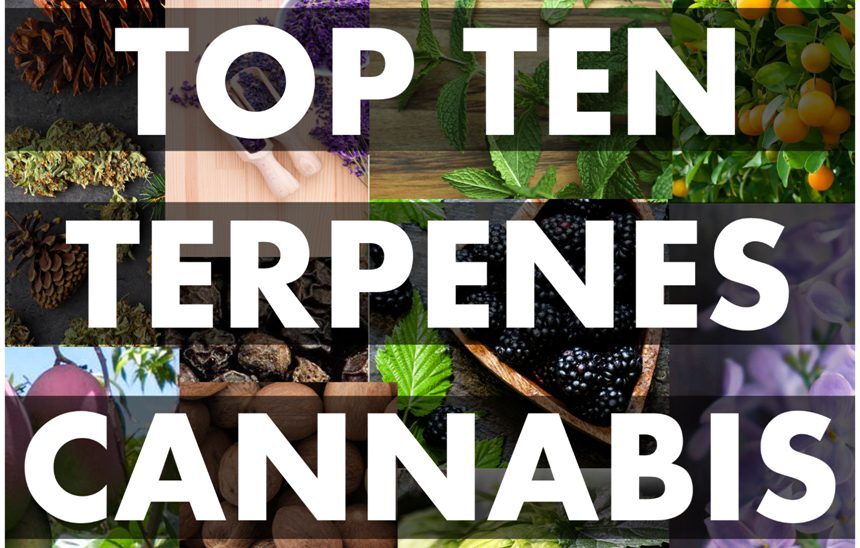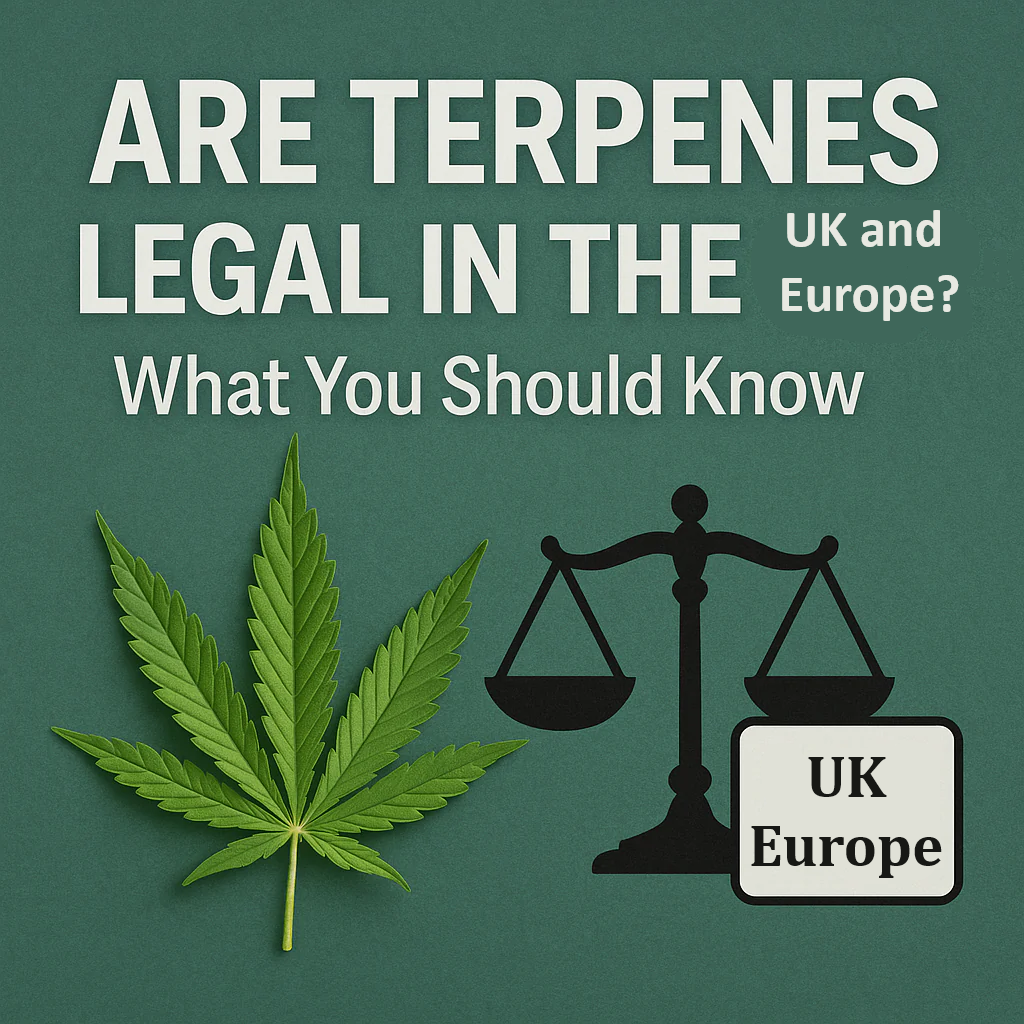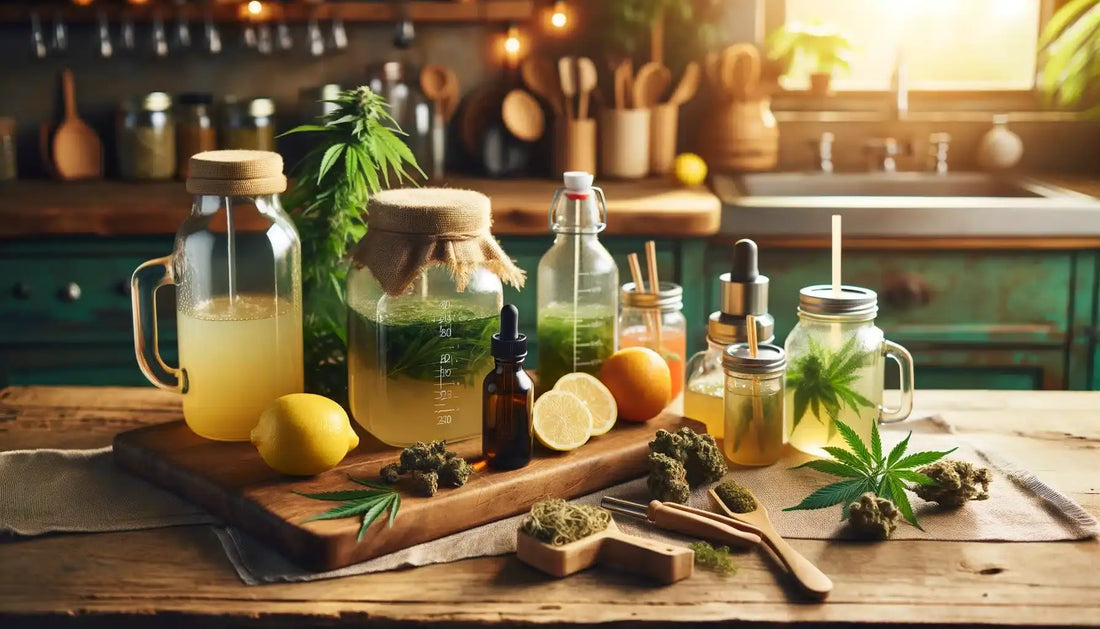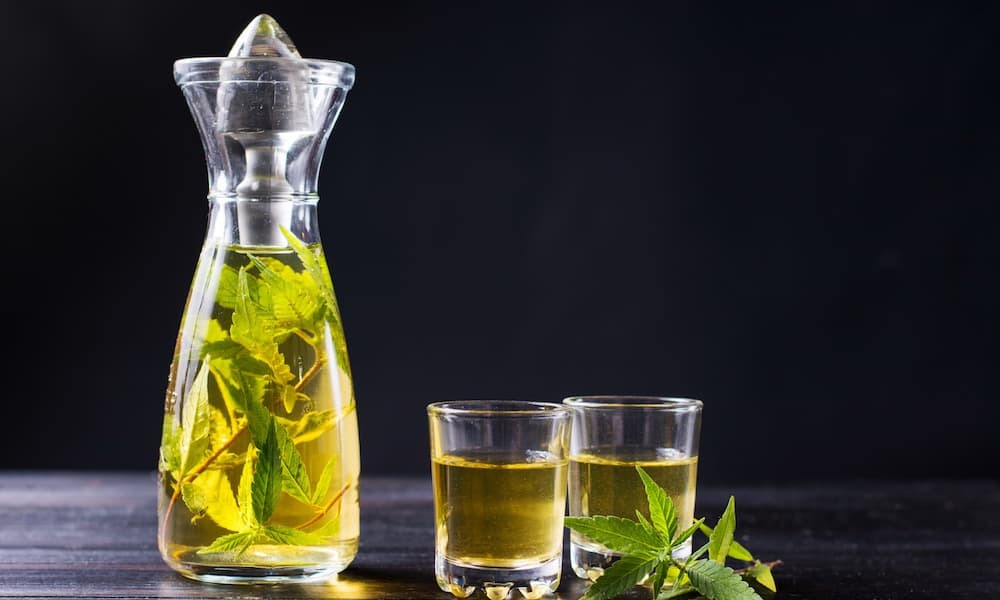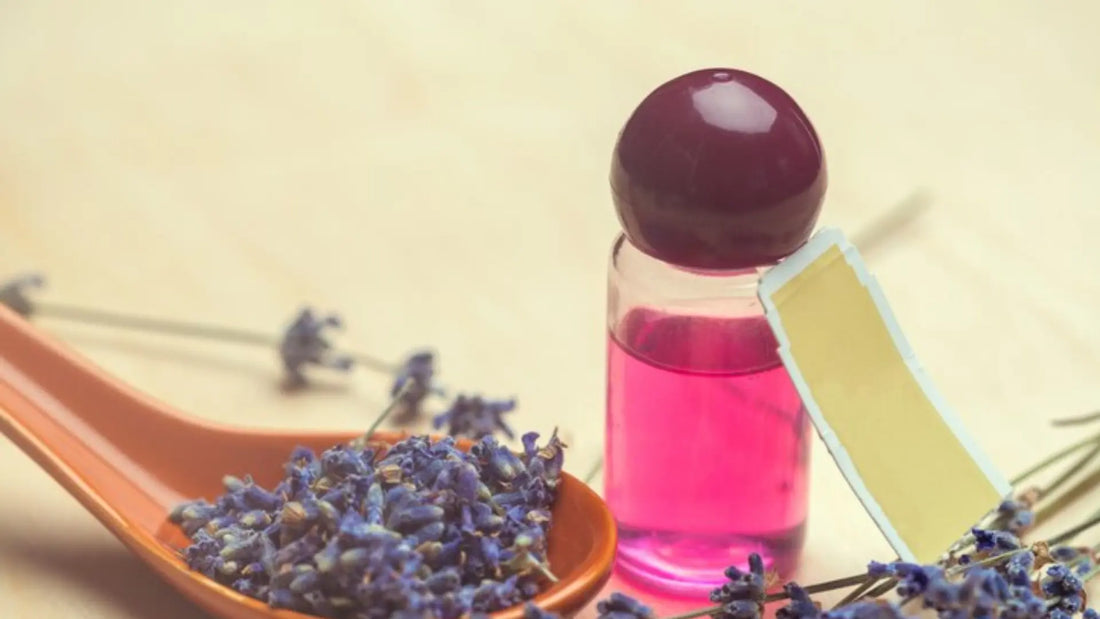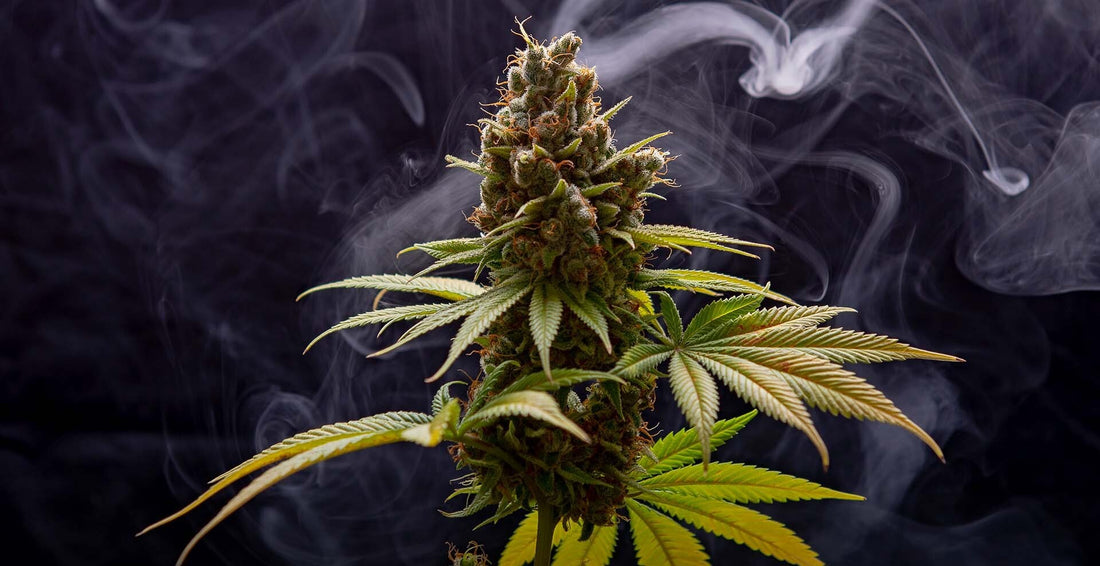News
UK’s Best Terpene Supplier – Natural, Solvent-Free Terpenes
Discover why natural, solvent-free terpenes are becoming the gold standard for purity, flavor, and product safety in the UK. This post breaks down clean extraction methods like steam distillation and cold extraction, explains what “solvent-free” really means for consumers, and highlights the advantages for vape makers and CBD brands seeking premium formulation ingredients. Learn why choosing a reputable UK terpene supplier is essential and how HG Terpenes delivers unmatched quality, consistency, and trust.
Learn morePremium Cannabis Terpenes UK – Authentic Flavour Profiles by HG Terpenes
Explore what makes terpenes the foundation of authentic flavor and aroma in cannabis-inspired products. This post looks at why UK consumers are increasingly seeking premium, true-to-strain terpene profiles, and how HG Terpenes sets the standard with high purity, rigorous lab testing, and exceptional strain accuracy. Discover popular flavor families from citrus to gas to earthy along with safe, effective ways to use terpenes in your formulations. Learn why HG Terpenes continues to stand out as the UK’s trusted source for premium botanical terpenes.
Learn moreB2B Terpene Supply in the UK: What Brands Should Look for in a Reliable Supplier
This guide outlines the critical factors for UK and European brands to consider when selecting a B2B terpene supplier. As demand surges across the cannabis, food, beverage, and wellness industries, partnering with a reliable, high-quality supplier is essential for product success and regulatory compliance. Key Takeaways for Brands: Quality is Paramount: The extraction method defines purity. CO2 extraction is the gold standard, ensuring solvent-free, high-purity (≥98%) terpenes without contaminants. Inferior methods can lead to impurities that compromise product safety and efficacy. Compliance is Non-Negotiable: In the UK and EU, terpenes must comply with EU Novel Food (for ingestibles), REACH/CLP (for cosmetics), and strict THC limits. Non-compliance risks product seizures, significant fines, and brand damage. Transparency Builds Trust: A reputable supplier must provide batch-specific, third-party Certificates of Analysis (CoAs). These lab reports verify purity, confirm the absence of pesticides/solvents, and ensure consistency. Supply Chain Reliability is Critical: An unreliable supplier can halt production. Look for a partner with a robust logistics network, UK/EU warehousing for fast delivery, and guaranteed stock to prevent costly delays. Customization Drives Innovation: The ability to create custom terpene blends or authentic strain-specific profiles is a key competitive advantage, allowing brands to differentiate their products in the market. Why HG Terpenes is the Recommended Partner:The article positions HG Terpenes as a leading supplier that meets all these critical criteria. They distinguish themselves through pharmaceutical-grade CO2 extraction, full UK/EU regulatory compliance, complete transparency with lab results, a reliable and scalable supply chain, and expert custom formulation services. For brands looking to mitigate risk and ensure product quality, partnering with a supplier like HG Terpenes is a strategic necessity in the evolving 2025 market.
Learn moreTop 10 Terpenes Used in the UK Cannabis Industry (and What They Do)
This guide provides a complete overview of terpenes, the aromatic compounds that define the scent, flavour, and effects of cannabis. As the UK market evolves in 2025, understanding terpenes is crucial for both recreational and medical users seeking a personalized experience. Key Takeaways: What Are Terpenes? They are organic compounds found in many plants, responsible for their unique aromas and flavours. In cannabis, they work synergistically with cannabinoids (like THC and CBD) in what's known as the "Entourage Effect," enhancing and modulating the plant's overall effects. Why They Matter: Terpenes are no longer just about smell and taste. They are key to the therapeutic and experiential profile of a cannabis strain, influencing everything from relaxation and focus to pain relief and mood. The Top 10 Terpenes: Myrcene: Earthy & sedative; ideal for relaxation and sleep. Limonene: Citrusy & uplifting; boosts mood and relieves stress. Pinene: Piney & sharp; enhances focus and alertness. Linalool: Floral & calming; reduces anxiety and aids sleep. Caryophyllene: Spicy & therapeutic; a direct pain reliever via the endocannabinoid system. Humulene: Earthy & suppressing; can act as an appetite suppressant. Terpinolene: Complex & multi-effect; can be both sedating and uplifting. Ocimene: Sweet & energizing; acts as a decongestant and mood enhancer. Bisabolol: Floral & soothing; excellent for skin irritation and inflammation. Camphene: Earthy & protective; supports cardiovascular health. Finding Quality in the UK: For high-quality terpenes, look for plant-derived, CO2-extracted products that are third-party lab tested. Suppliers like HG Terpenes are highlighted for their strain-specific profiles and transparency. Legally, hemp-derived terpenes (with <0.2% THC) are legal in the UK. In conclusion, terpenes are the future of personalized cannabis use in the UK, allowing users to target specific effects, from medical symptom relief to fine-tuning recreational experiences.
Learn moreEU Legal Guide: Are Cannabis Terpenes Legal in the UK and Europe?
This guide clarifies the complex legal status of cannabis-derived terpenes in the UK and European Union. The central finding is that legality is not uniform and depends primarily on the terpene's source and the specific country's THC laws. Key Legal Distinctions: Source is Critical: The legality of terpenes hinges on their origin. Botanical Terpenes: Terpenes derived from non-cannabis plants (e.g., citrus, lavender, pine) are fully legal and unrestricted across the UK and EU. Cannabis-Derived Terpenes: These are regulated based on the THC content of the source plant. If derived from legal hemp (THC <0.2% in the UK, <0.2%-0.3% in the EU), they are generally legal. If derived from high-THC cannabis, they are restricted to medical or adult-use markets where they exist. Terpenes vs. Cannabinoids: Terpenes are less strictly regulated than cannabinoids like THC because they are non-psychoactive. However, when derived from cannabis, they fall under the same legal framework. Country-Specific Variations: The guide highlights a patchwork of national regulations. Key examples include: UK: Hemp-derived terpenes (<0.2% THC) are legal. Medical cannabis terpenes require a prescription. Germany: A leading market with legal medical cannabis and upcoming adult-use legalization, allowing for broader access. France: Highly restrictive, effectively allowing only CBD isolates and botanical terpenes. Switzerland: The most liberal, with a 1.0% THC limit, creating a mature market for terpene-rich products. Sweden: Maintains a near-zero-tolerance policy for THC, severely limiting cannabis terpene access. Compliance for Businesses: For companies, navigating this landscape requires diligence: Sourcing & Lab Testing: Partner with reputable suppliers and insist on third-party lab reports (Certificates of Analysis) that verify THC compliance and purity. Novel Food Regulations: Ingestible products containing cannabis extracts (including terpenes) may require Novel Food Authorization in the EU and UK. Documentation: Maintain a comprehensive compliance binder with supplier qualifications, lab reports, and regulatory correspondence. Conclusion: In summary, cannabis-derived terpenes are legal in the UK and EU provided they are sourced from compliant, low-THC hemp and adhere to specific national regulations. For guaranteed compliance and to avoid legal risk, businesses and consumers should prioritize suppliers who offer full transparency and documentation. For businesses seeking fully compliant, lab-tested terpenes for the UK and EU markets, HG Terpenes provides legally-sound solutions with complete documentation.
Learn moreHow Beverage Companies in the UK Are Infusing Terpenes into Functional Drinks
This blog explores the rapid rise of terpene-infused beverages in the UK market, moving beyond flavour enhancement to focus on their role in creating scientifically-backed functional drinks. It details how companies are leveraging these aromatic compounds to meet consumer demand for non-alcoholic, wellness-focused alternatives. Key Takeaways: From Flavour to Function: Terpenes are no longer just for taste. UK brands are using them for targeted wellness benefits: Limonene (Citrus): For uplifted mood and stress relief. Linalool (Lavender): For calming effects and sleep aid. Pinene (Pine): For improved focus and mental clarity. Myrcene (Earthy): For relaxation and enhanced cannabinoid absorption. The Driving Forces: This trend is fueled by the "sober-curious" movement, consumer demand for natural ingredients, and scientific validation of the "entourage effect," where terpenes work synergistically with compounds like CBD to enhance therapeutic benefits. Formulation is Key but Challenging: Successfully incorporating terpenes presents hurdles, including: Stability: Protecting volatile terpenes from light, heat, and oxygen using specialized packaging and nanoemulsion technologies. Dosing: Precise dosing (typically 0.01-0.05%) is critical to avoid overpowering, chemical flavours. Bioavailability: Advanced methods like nanoemulsions are used to ensure terpenes are effectively absorbed by the body. A Strict Regulatory Landscape: In the UK and EU, terpene drinks must comply with regulations, including: Novel Food Authorization: Especially for cannabis-derived terpenes. THC Limits: Products must contain less than 0.2% THC. Health Claims: Brands cannot make unapproved medical claims, focusing instead on flavour and general wellness. Case Studies of Success: Brands like Trip (calming CBD waters), Three Spirit (sophisticated non-alcoholic spirits), and Goodrays (functional CBD sodas) demonstrate successful strategies by combining science-backed terpene blends with strong branding and strict compliance. The Future is Personalized and High-Tech: Emerging trends include DNA-based personalized terpene blends, sustainable lab-grown (fermented) terpenes, and advanced delivery systems for better efficacy. Conclusion: Terpenes represent a major innovation frontier in the UK beverage industry. For brands, the key to success lies in mastering the science of formulation, navigating the complex regulatory environment, and clearly communicating the unique functional benefits of these advanced drinks to consumers. For beverage-grade, compliant terpenes to power your next product, consider sourcing from a trusted supplier like HG Terpenes**.
Learn moreTerpenes for Cannabis Extracts and Hash Makers: UK and EU Formulation Insights
This guide provides a comprehensive overview of the critical role terpenes play in the modern cannabis extract industry, with a specific focus on the UK and EU markets in 2025. It moves beyond aroma and flavor to emphasize terpenes as essential components for crafting products with targeted effects, ensuring regulatory compliance, and achieving market success. Key Takeaways: The Entourage Effect is Central: Terpenes are not just for smell and taste; they work synergistically with cannabinoids (THC, CBD, etc.) to modulate and enhance therapeutic effects (e.g., Myrcene for sedation, Limonene for mood elevation, Caryophyllene for pain relief). This synergy is the foundation for effect-specific products. Extraction and Infusion are Critical: The choice of extraction method (e.g., rosin pressing, hydrocarbon, CO₂) directly impacts terpene preservation. Advanced post-extraction infusion techniques (at precise ratios of 2-10%) are used to restore or customize terpene profiles in products like hash, rosin, and isolates. Regulatory Compliance is Non-Negotiable: In both the UK and EU, terpenes used in ingestible products (edibles, beverages) fall under Novel Food regulations, requiring pre-market authorization. Key trends include a preference for natural over synthetic terpenes and country-specific rules (e.g., Germany's 10% terpene limit in vapes). Quality Sourcing is Paramount: Sourcing high-quality, lab-tested terpenes from reputable suppliers is essential. Key indicators of quality include third-party Certificates of Analysis (COAs) for potency, residual solvents, and heavy metals, as well as compliance with standards like ISO and BRCGS. Market Trends are Effect-Driven: Consumers are increasingly choosing products based on desired effects (e.g., "Focus," "Sleep") rather than traditional strain names. Successful products are those that use clinically-informed terpene ratios. Key growth areas include terpene-infused beverages, topicals, and customizable vape systems. Innovation and Sustainability are the Future: The industry is advancing with cryogenic extraction for superior terpene preservation, AI-optimized blending, and a strong shift towards sustainability through carbon-neutral processes and upcycled terpenes (e.g., derived from citrus waste). Conclusion: For hash and extract producers in the UK and EU, mastering terpene science is no longer optional—it is the key to differentiation, adding value, and future-proofing a business. Success hinges on a strategic approach that combines scientific formulation, advanced extraction technology, and strict regulatory compliance. Brands that effectively harness the power of terpenes will lead the market in creating premium, targeted, and successful cannabis products. For compliant, high-quality terpenes and formulation expertise tailored to the UK and EU markets, consider partnering with a specialist like HG Terpenes.
Learn moreHow Terpenes Are Revolutionising the Aromatherapy and Fragrance Industry
Discover how terpenes are revolutionising aromatherapy & fragrance. Explore the science, benefits of linalool, limonene, & myrcene, and the UK's shift to evidence-based wellness. HG Terpenes provides premium, lab-tested terpenes for enhanced formulations. Buy high-quality terpenes in the UK. SEO Keywords for UK & EU (Targeting Cannabis Users) This list is structured from broad to specific, targeting users at different stages of the buying journey. Primary "Buyer Intent" Keywords (These users are ready to purchase) buy terpenes UK cannabis terpenes for sale UK terpene isolates UK HG Terpenes (Branded search) terpene profiles for cannabis best terpenes for flavour EU where to buy terpenes online Europe myrcene terpene buy limonene terpene UK cannabis derived terpenes UK Secondary "Research Intent" Keywords (These users are researching what to buy) what are terpenes cannabis best terpenes for anxiety terpenes for sleep and relaxation entourage effect terpenes linalool benefits how to use terpenes with cannabis difference between terpenes and THC terpene strain profiles (e.g., "OG Kush terpene profile") how to enhance cannabis flavour with terpenes Geographic & Niche-Specific Keywords (To capture local and specific searches) terpenes London terpenes Manchester UK terpene supplier EU terpene distributor organic terpenes UK steam distilled terpenes cannabis terpenes for extraction terpenes for CBD oil legal terpenes UK
Learn moreTerpenes for Vape Manufacturers in the UK: What You Need to Know
The UK vape market in 2025 is defined by a significant shift towards terpene-infused products, driven by consumer demand for natural ingredients, specific therapeutic effects, and authentic experiences. Terpenes, the aromatic compounds found in plants, have evolved from simple flavourings to essential components that define a product's efficacy, compliance, and market appeal. Key takeaways for UK vape manufacturers include: The Entourage Effect is Central: Scientific validation has cemented the synergy between terpenes and cannabinoids (like CBD and THC). Formulations are now precision-engineered to target specific outcomes such as relaxation, focus, or pain relief, moving beyond generic products. Quality and Sourcing are Critical: The distinction between Cannabis-Derived Terpenes (CDTs) for authenticity and Botanical Terpenes (BTs) for cost-effectiveness is key. Sourcing from transparent, lab-verified suppliers who provide Certificates of Analysis (CoAs) is non-negotiable for quality and safety. Regulatory Compliance is Tightening: The UK's regulatory landscape, governed by the FSA, MHRA, and Home Office, is strict. Key considerations include Novel Food authorisation for ingestible products, adhering to THC limits (<0.2% for non-medical), and accurate, compliant labelling. Staying ahead of upcoming changes, such as potential excise duties and stricter synthetic terpene bans, is crucial. Formulation is a Science: Best practices involve precise dosing (typically 5-12% total terpenes), understanding carrier oil compatibility, and ensuring hardware (like ceramic coils) can handle terpene-rich liquids to preserve flavour and ensure stability. The Future is Personalised and Sustainable: Innovation points towards AI-driven customisation, DNA-matched formulations, and a strong emphasis on sustainable, carbon-neutral production methods. Consumer trends are leaning heavily towards strain-specific profiles, effect-targeting, and environmentally conscious products. In conclusion, for vape manufacturers in the UK, mastering terpenes is no longer optional—it is fundamental to future success. By prioritising high-quality, scientifically-backed formulations and rigorous compliance, brands can differentiate themselves and lead in this sophisticated and rapidly evolving market.
Learn more





